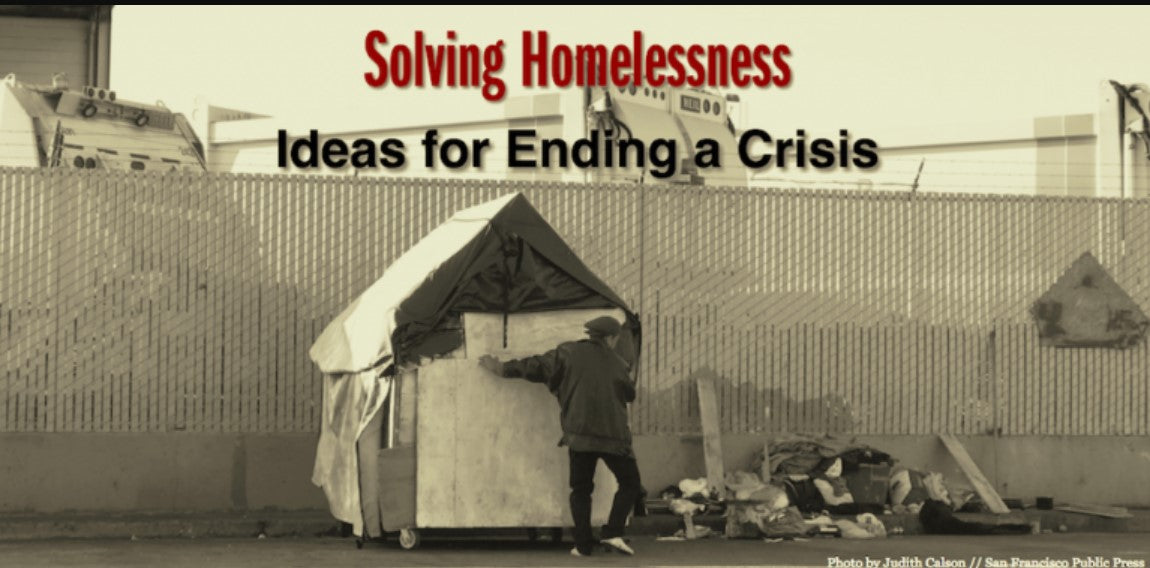Creating Welcoming Environments on a Budget: Tips for Non-Profit Organizations
Non-profit organizations play a crucial role in our society, often working with limited resources to provide essential services to their communities. Creating a welcoming and functional environment can significantly enhance the effectiveness of these organizations, yet it can be challenging to achieve this on a tight budget. In this article, we will explore practical tips and creative ideas for non-profits to create inviting spaces without breaking the bank.
Understanding the Impact of Environment on Non-Profit Effectiveness
A well-designed environment can have a profound impact on the success of a non-profit organization. An inviting space can boost morale, increase productivity, and encourage community engagement. When clients, volunteers, and staff feel comfortable and welcomed, they are more likely to participate actively and contribute positively to the organization's mission.
Non-profit organizations significantly benefit from creating welcoming environments, as these spaces can greatly influence their effectiveness. According to a report by the Urban Institute, 97% of non-profits operate with budgets of less than $5 million annually, and 88% spend less than $500,000 a year. This highlights the financial constraints non-profits face, making the need for budget-friendly solutions even more critical
Research shows that physical environments influence behavior and well-being. Bright, clean, and well-organized spaces can enhance mood and reduce stress, leading to more effective service delivery. Therefore, investing time and resources into creating a welcoming environment is a strategic move for any non-profit.
Budget Planning and Prioritization
Effective budget planning is essential for non-profits to maximize their resources. Start by identifying the most critical areas that need improvement. Make a list of essential furniture and equipment, and prioritize these items in your budget. Consider both immediate needs and long-term investments to ensure sustainability.
Allocating funds wisely involves balancing cost and quality. While it might be tempting to go for the cheapest options, investing in durable and versatile furniture can save money in the long run. Look for multi-functional pieces that can serve various purposes and adapt to different needs over time.
Affordable Furniture Solutions for Non-Profits
Finding affordable furniture doesn't mean compromising on quality or style. Many suppliers offer budget-friendly options that are both functional and attractive. Consider purchasing
second-hand or refurbished furniture, which can be significantly cheaper than new items but still in good condition.
Office desks, ergonomic chairs, and storage solutions are essential for creating an efficient workspace. Look for sales, discounts, and bulk purchase deals to reduce costs. Don't hesitate to negotiate with suppliers for better prices, especially if you are buying in large quantities.
Maximizing Space with Smart Design
Smart space planning can make a big difference, especially in small or multi-purpose areas. Flexible layouts allow you to adapt spaces to different activities and group sizes. Modular furniture, such as stackable chairs and foldable tables, can be rearranged easily to suit various needs.
Utilize vertical space to keep the floor area clear and organized. Shelving units, wall-mounted storage, and tall cabinets can provide ample storage without taking up valuable floor space. This approach helps maintain a clean and tidy environment, which is essential for creating a welcoming atmosphere.
DIY and Upcycling Ideas
DIY projects and upcycling old furniture can be a cost-effective way to refresh your space. With a bit of creativity and effort, you can transform outdated items into functional and stylish pieces. For example, repainting old chairs or tables can give them a new lease on life, while adding new hardware to cabinets can modernize their appearance.
Engaging volunteers in DIY projects can also foster a sense of community and ownership. Organize workshops or community events where participants can help with furniture refurbishment and decoration. This not only saves money but also strengthens the bond between your organization and its supporters.
Creating a Welcoming Atmosphere
Several elements contribute to a welcoming atmosphere, including lighting, color schemes, and decor. Natural light is ideal, but if that's not possible, use a combination of ambient, task, and accent lighting to create a warm and inviting ambiance.
Choose colors that promote calmness and positivity. Soft, neutral tones work well for walls and large furniture pieces, while brighter accents can add energy and interest. Incorporate decor elements that reflect your organization's mission and values, such as artwork, plants, and meaningful symbols.
Comfortable communal areas are essential for fostering a sense of community. Create inviting spaces with cozy seating, coffee tables, and reading nooks where people can relax and connect. These areas can serve as informal meeting spots or places for quiet reflection.
Sustainable and Eco-Friendly Options
Sustainability is an important consideration for many non-profits. Choosing eco-friendly furniture not only benefits the environment but can also be cost-effective in the long term. Look for products made from recycled or sustainable materials, such as bamboo, reclaimed wood, and recycled plastics.
Sustainable furniture options often include innovative designs that are durable and versatile. Investing in high-quality, eco-friendly pieces ensures that your furniture will last longer, reducing the need for frequent replacements and minimizing waste.
Case Studies and Success Stories
Learning from the experiences of other non-profits can provide valuable insights and inspiration. Here are a few examples of organizations that successfully transformed their spaces on a budget:
1. **Community Youth Center:** This organization used a combination of donated furniture, DIY projects, and strategic purchases to create a vibrant and welcoming environment for local youth. By involving the community in the process, they not only saved money but also built stronger relationships with their supporters.
2. **Local Food Bank:** Facing a limited budget, the food bank prioritized essential items and sought out discounts and donations. They focused on creating an efficient and comfortable workspace for their volunteers, which helped increase productivity and volunteer satisfaction.
3. **Women's Shelter:** The shelter transformed their communal areas with affordable furniture and decor, creating a safe and comforting space for their residents. By choosing durable and easy-to-clean materials, they ensured that the environment remained welcoming and hygienic.
Leveraging Community Resources
Non-profits can leverage various community resources to create welcoming environments on a budget. Building partnerships with local businesses, schools, and other organizations can provide access to donations, discounts, and volunteer support.
Look for opportunities to collaborate with businesses that align with your mission. Many companies have corporate social responsibility programs and may be willing to donate furniture or provide financial support. Additionally, local schools and universities often have students looking for volunteer opportunities or projects, which can include helping with furniture refurbishment and space planning.
Grants and funding opportunities are also available for non-profits focused on community development and environmental sustainability. Research and apply for grants that can help fund your furniture purchases and space improvement projects.
Conclusion
Creating welcoming environments on a budget is not only achievable but also essential for the success of non-profit organizations. By planning strategically, leveraging community resources, and choosing affordable and sustainable furniture options, non-profits can transform their spaces into inviting and functional areas that support their mission.
Remember, the goal is to create an environment where everyone feels comfortable and valued. With a bit of creativity and resourcefulness, non-profits can make a significant impact on their communities through thoughtful space design





